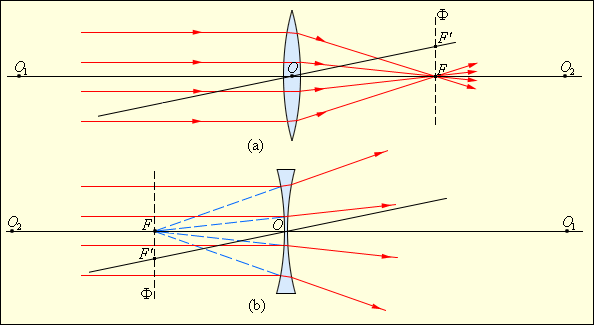You will need
- lenses;
- - light source;
- screen;
- - the range.
Instruction
1
If you know the focal length of the lens, find its optical powerby dividing the number 1 is the focal length in meters. Focal length is the distance from the optical center to the place where all the refracted rays are collected at one point. And collecting lenses is valid, and the scattering imaginary (the point is based on the continuation of the scattered rays).
2
In that case, if the focal length is unknown, for collecting lenses can be measured. Strengthen the lens on a tripod, position it in front of a screen and point at it with the back side of the beam is parallel to its main optical axis of the light rays. Move the lens until the, until the screen light rays do not converge at a single point. Measure the distance from the optical center of the lens to the screen – this will be the focus of the collecting lens. Its optical power measure by the method described in the previous paragraph.
3
When measuring the focal length not available, use the thin lens equation. To do this, between the screen and the subject (best suited arrow of light such as candle or light bulb on a stand) install the lens. Move the object and the lens so that the screen to the image. In the case of a scattering lens, it can be imaginary. Measure the distance from the optical center of the lens to the object and its image in meters.
4
Calculate the optical power of the lens:
1. The number 1 divide the distance from the object to the optical center.
2. The number 1 divide by the distance from the image to the optical center. If the imaginary image in front of him put a sign "minus".
3. Find the sum of numbers obtained in PP.1 and 2 with regard to signs in front of them. This will be the optical power of the lens.
The optical power of the lens may have both positive and negative.
1. The number 1 divide the distance from the object to the optical center.
2. The number 1 divide by the distance from the image to the optical center. If the imaginary image in front of him put a sign "minus".
3. Find the sum of numbers obtained in PP.1 and 2 with regard to signs in front of them. This will be the optical power of the lens.
The optical power of the lens may have both positive and negative.

